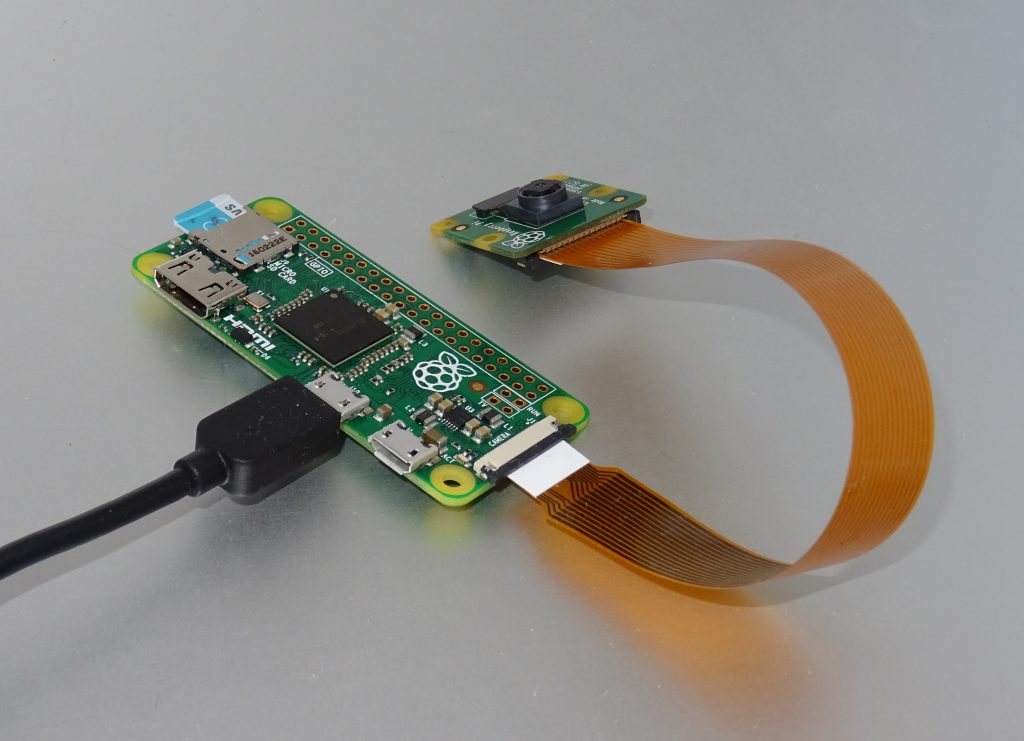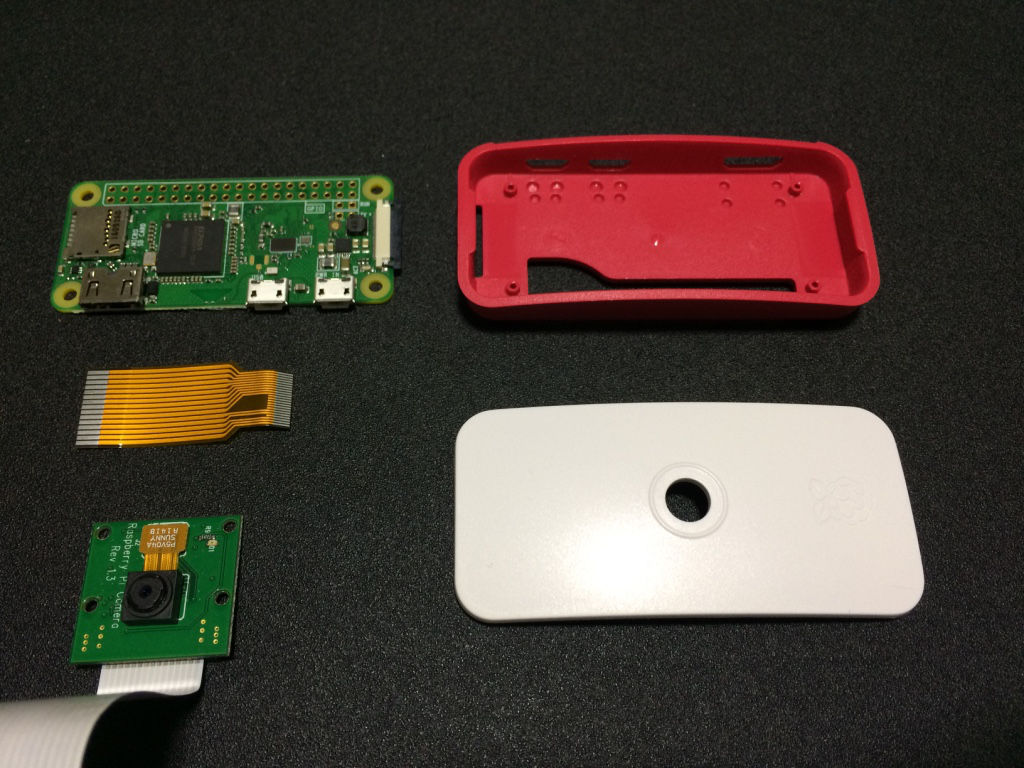

Then select your destination target, which is your SD card. You’ll need to first select the source file, which is the disk image that you unzipped in the previous step. Once you’ve downloaded and installed the software, you can flash the disk image. The one recommended in the installation instructions on GitHub is Balena Etcher. You’ll then need to use an image flasher to flash the disk image to your SD card. Don’t try to flash the zipped image to your SD card, it won’t work. Once you’ve downloaded the software, you’ll need to unzip it to a folder on your computer. We’ll be using the Raspberry Pi version which was released on the 6th of June. Go to the list of latest releases and make sure that you download the latest version of the software which is compatible with your board. If you’re not using a Raspberry Pi Zero, or you’d like to use a different board, have a look at the list of Supported Devices to see which version of the operating system you should download. Now you’ll need to download the MotionEyeOS software. Use a card reader to plug the card into your computer. Loading The Operating System Onto The SD Card We can now move on to preparing the SD card with the MotionEyeOS operating system. Next, clip the camera into place on the top cover and then close up the case to check that it all fits correctly.

There are small pegs on the case which align with the screw holes on the Pi and the ports should all be aligned with the cutouts on the side of the case. Next open up the case and push the Pi into the back of the case. Now do the same on the connector on the Raspberry Pi to connect the camera module to the Pi. Then push the black clip back into place to grip the ribbon cable once it is seated correctly in the connector. Make sure that the black clip is pulled away from the connector to open it. The ribbon cable just slides into the connector with the contacts facing towards the board. Once you’ve done that, you’ll need to connect the camera to the Pi.

If your Pi Zero came with a heat-sink, attach it to the board using the adhesive tape on the heat-sink. Let’s start by assembling the components into the Raspberry Pi Zero case. The W version has built-in WiFi, so there’s no need for an external WiFi or Ethernet adaptor to connect it to your home network. You can set up a couple of cameras around your home for less than $100. I’ve used a Raspberry Pi Zero W for this project because they’re relatively cheap and compact, making them perfect to mount discretely around your home.


 0 kommentar(er)
0 kommentar(er)
